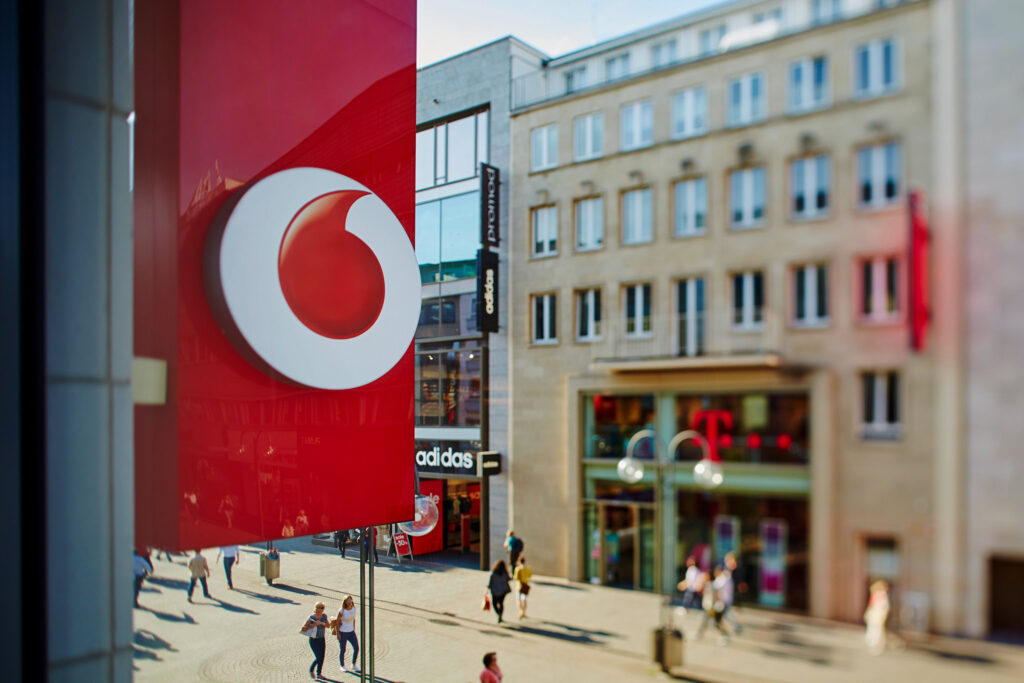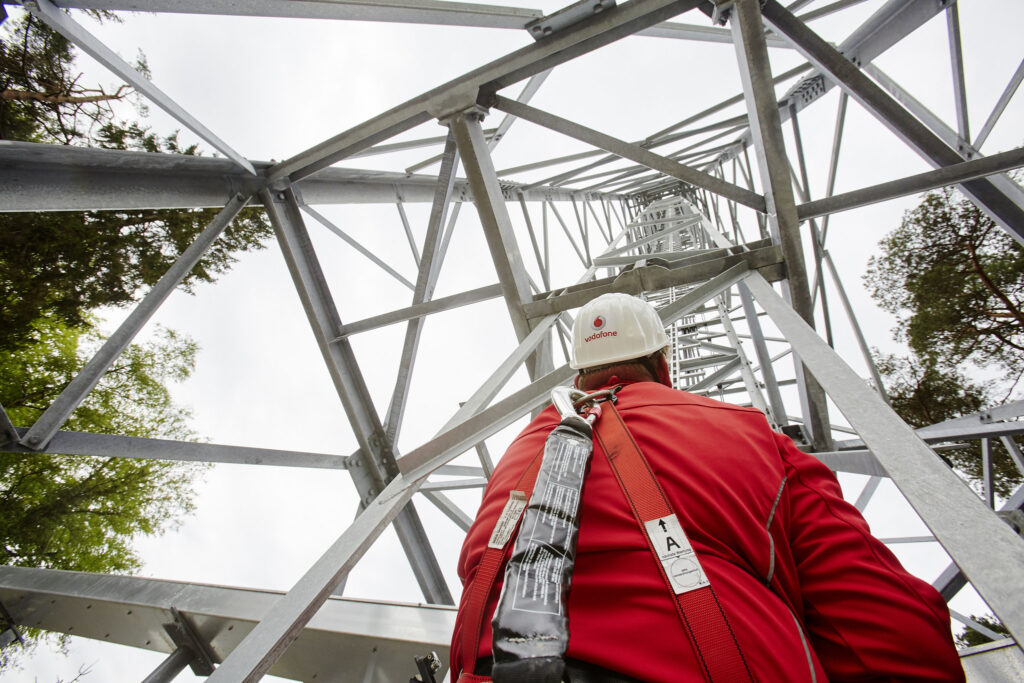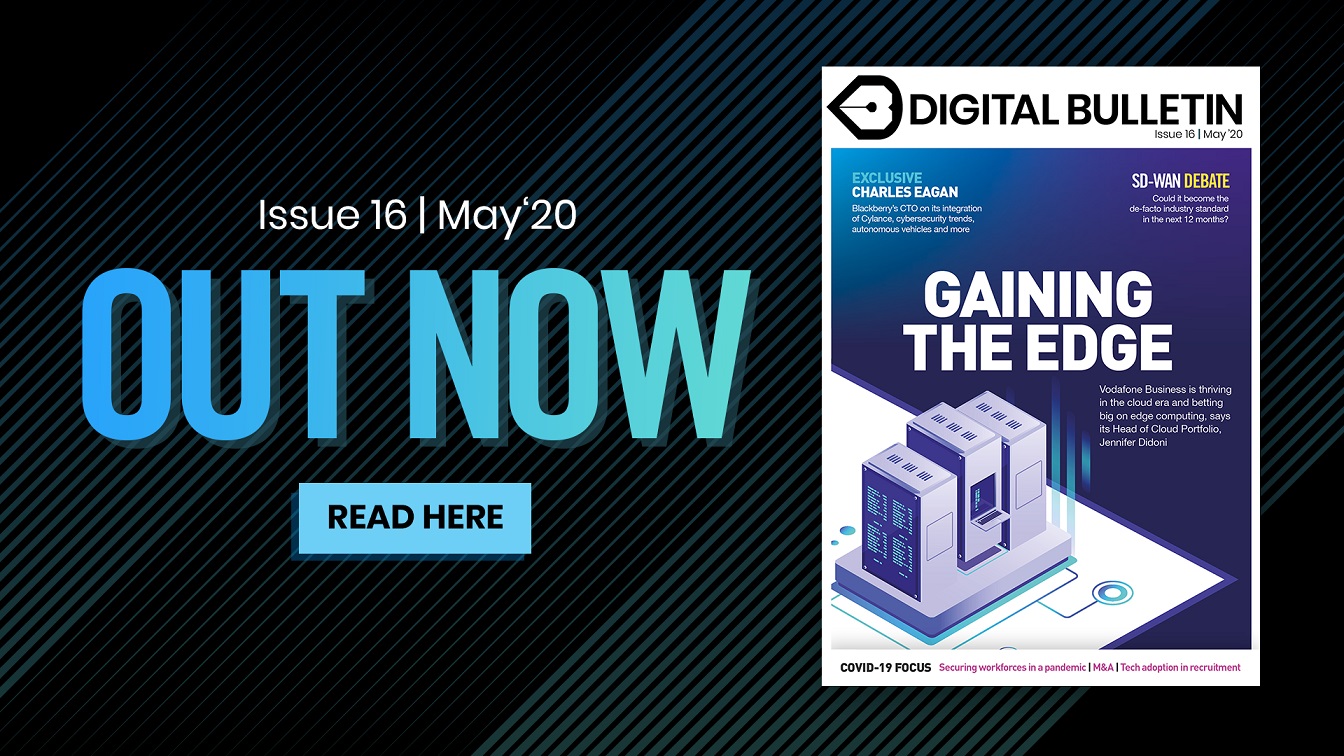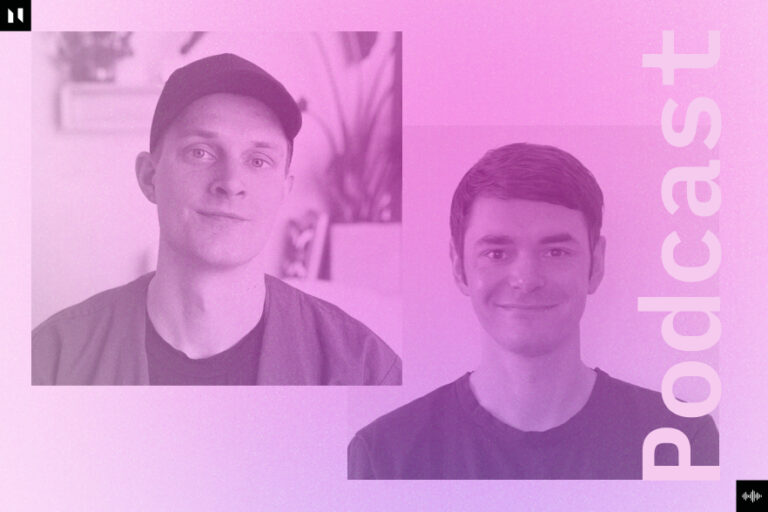
When Vodafone completed the £1 billion acquisition of Cable & Wireless (C&W) in 2012, it quietly took more steps into the world of managed IT and hosting.
Not only was the United Kingdom’s biggest mobile phone company taking ownership of an extensive fibre-optic network at a time when smartphones were becoming the must-have accessory, but the deal also brought with it C&W’s enterprise-level fixed, mobile and IT services.
Few could have predicted back then just how significant these capabilities would become – after all, it was the potential of C&W’s network infrastructure that gained all the attention eight years ago, not Vodafone’s newly-acquired IT services. But with the cloud computing revolution about to hit, Vodafone – having already started delivering IT services to large corporations through its VGE (Vodafone Global Enterprise) subsidiary – took some extra skin in the game.
As cloud take-up grew, Vodafone’s services arm grew alongside it. Today, its offering goes far beyond mobile, with its Business unit delivering unified communications, IoT (Internet of Things) and cloud expertise to organisations of all sizes around the world.
“Between our C&W acquisition in 2012 and now, the market has rapidly changed in the cloud and hosting space,” says Jennifer Didoni, Head of Cloud Portfolio for Vodafone Business.
Didoni has been with Vodafone for over a decade, so witnessed the company expand its business for the digital-first era – and she herself played an important part in this change. Between 2014 and 2019, she oversaw product management for Vodafone’s IoT portfolio. Didoni took on a similar job for its cloud services in March this year.
“More than anything, I think cloud is about giving our customers the tools so that they can transform their operations and become much more innovative and agile in their markets. It’s really about that competitive advantage we can give to our customers,” she explains when quizzed on Vodafone’s role in the cloud space.
“We have a broad range of partnerships in our cloud portfolio, including close partnerships with Azure, AWS, Alibaba, Google and, last year we announced a deep partnership with IBM and now Red Hat as well, in the multi-cloud space. That looks at how we can augment Vodafone’s capabilities through having managed and professional services that we can draw on IBM for, ultimately to help our customers make that journey to the cloud.”

The bumper agreement with IBM was revealed alongside a great publicity drive last January, and for good reason: the $550 million partnership gave Vodafone Business immediate access to IBM’s complete portfolio of cloud offerings, with IBM also delivering managed services to Vodafone Business’ cloud and hosting unit.
At the time, Vodafone’s CEO Nick Read said the collaboration would drive “radical simplification and efficiency in our business”. For Didoni, the announcement kickstarted what she believes was a transformative year as 2019 also saw Vodafone deepen its collaborations with the hyperscale public cloud providers, all-in-all appreciably elevating its cloud offering.
“We were previously pushing what might have been considered older technology for a long time but I now think, through the partnerships that we have gained over the last year, we really have pulled together a market-leading portfolio. 2020 is going to be all about proving that and watching our customers adopt and transform,” she adds.
Perhaps the most exciting area for Didoni, however, is the IT paradigm that best marries Vodafone’s long-held leadership in fixed and mobile networks with its bolstered cloud services; edge computing, or more specifically multi-access edge computing.
Multi-access edge computing (MEC) pushes IT services and cloud capability out to the edge of the network. For Vodafone and the world’s other leading telcos, it represents an enormous opportunity to capitalise on their expertise and play a leading role in offering new levels of performance for enterprise customers working with increasing amounts of connected devices and remote applications.
“There’s a variety of different statistics about edge that I could quote, but the general consensus is that 80% of data that is generated is going to be generated at the edge, as opposed to a core data centre or a cloud. So certainly that centre of gravity of data has moved,” outlines Didoni.
The general consensus is that 80% of data that is generated is going to be generated at the edge, as opposed to a core data centre or a cloud. So certainly that centre of gravity of data has moved
The move to MEC is a topic particularly close to Didoni, who was involved in Vodafone’s early work around edge computing when Head of IoT Product Management.
“Five or six years ago, Vodafone was working on MEC with standards bodies,” she explains. “I was talking with and inspired by the R&D guys’ vision of the future, and so when the standards were finalised and MEC was becoming real, about two years ago, I started working with Vodafone to do some detailed analysis on the use cases before building it out from there.
“I had just came back from maternity leave, I was trying to find a role for myself and I took on a special project at the time, which was MEC. It kind of snowballed after that and it’s become a fantastic opportunity, and a big bet for Vodafone, and I’m really pleased to have seen it from day zero, let’s say.”
The advantages of MEC are compelling: it offers ultra-low, single digit latency, solving the lag issue often experienced between devices and the cloud, while it allows software applications to tap into local content and real-time information about local-access network conditions. But it is MEC’s potential for data processing at the edge where the real benefits can be seen, enabling the routing of only relevant data back to the core.
Vodafone’s edge offering is twofold, with a “dedicated edge” – where a customer is supplied with a bespoke edge infrastructure alongside its private mobile network – or a “distributed edge”, which supports multiple businesses through a public 4G or 5G network.
“In my view MEC brings the best of both worlds,” says Didoni. “So it gives our customers the flexibility, the scalability, the pay-per-use model that they love about the public cloud, but it brings the compute close to the edge, where the data is being generated.
“What I don’t want to say is that it’s going to be relevant for every application. I think the leap from 4G services to 4G plus edge or 5G plus edge is a very specific verticalised use case. So it will deliver new capability that is completely transformational, but it may not be that every single person who touches the network is using that application. I still don’t see it, for example, as something that is going to replace the cloud at all. I see it as something that is going to augment the cloud.”

The use cases Didoni highlights are video analytics, controlled drones and augmented reality – applications that each demand the low latency and data processing offered by MEC in order to be viable at scale. Other areas where MEC is predicted to have an impact include location services, data caching and more generally in IoT.
“If you start to imagine that there may be a world where you have robots delivering packages in the future, that robot is going to need to have video to determine what’s going on around it,” she adds. “It would not make economic sense to take all of that video, stream it over the network and store it in the cloud. So being able to filter out only the key events, and send that as a record, is an interesting compromise that we can bring to customers.”
Edge computing now sits alongside Vodafone Business’ cloud and IoT services as part of its ever-improving enterprise offering, and the company sees strong potential in MEC technology which is still in its relative infancy. In December, it announced a tie-up with AWS which will see it install AWS Wavelength infrastructure at points of concentration in its networks, delivering edge performance to more developers and devices.
Vodafone has also partnered with Microsoft to support its Microsoft Azure Private Edge Zones rollout, so there’s positive progress on all fronts – and Didoni believes the coronavirus might also accelerate the business case for multi-access edge computing.
“I thought we were maybe five to 10 years out, but the current context of today kind of changes that landscape,” she concludes. “Potentially some of those use cases are going to be accelerated as we start to think about the fact that we may need more automation as a backup in the case of outbreaks and isolation.”



